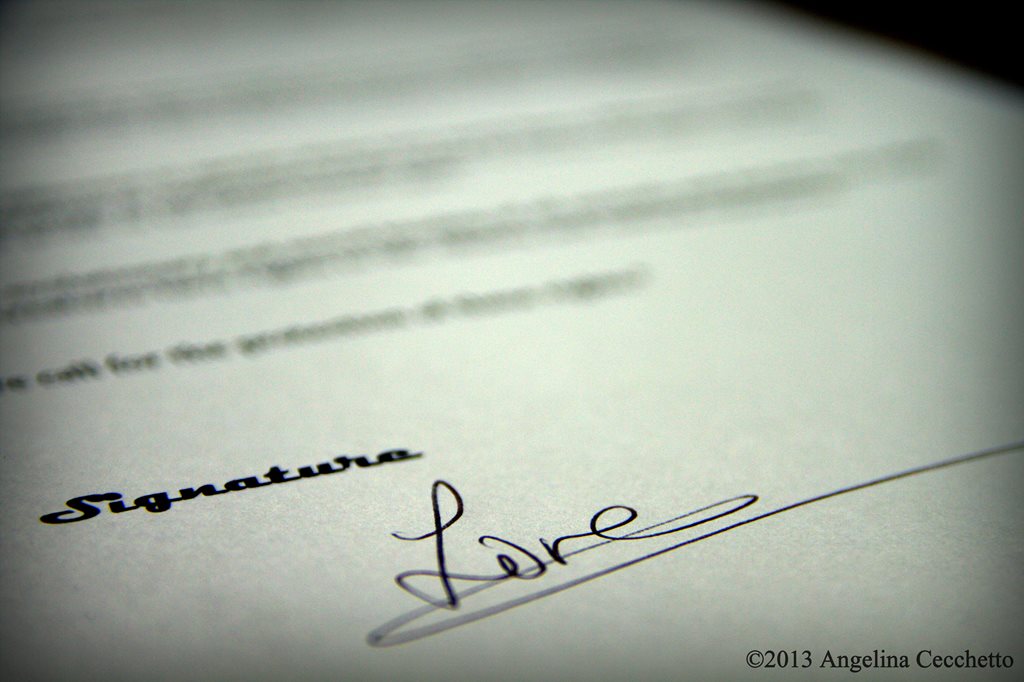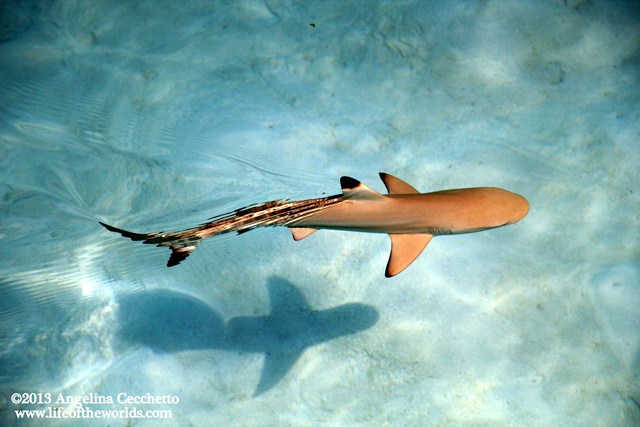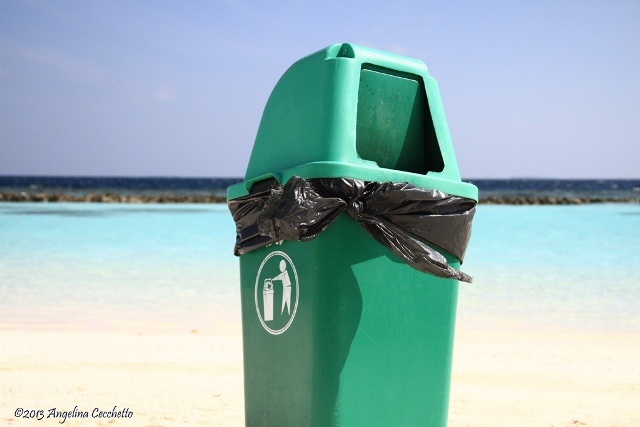
Photography: ©2013 Angelina Cecchetto.
All Rights Reserved.
Do you think you know what you are eating? If you think you do, then think again!
For the last few weeks the media in Europe have been delighting themselves with a “horse meat” and a “fecal matter” scandal whereby horse meat was found in ready-made supposed to be “beef” lasagna and fecal matter was found in Ikea’s chocolate almond cakes. The whole of Europe got the hiccup about it. One of the issues here is the lack of transparency on the food labeling which should trace the origin of meat for instance but doesn’t.
Another recurring food industry related scandal revolves around Genetically Modified Organisms (GMOs) and this is a big one! Do you know whether the corn you eat for breakfast in your cereals is GM or natural? Do you know if your milk you drink is rBST-free (recombinant bovine growth hormone) or not? Do you know if your soya milk is from GM beans?
If you don’t know it may be time to start asking yourself a few questions like I did! Interestingly, I found out that GMOs are present in over 80% of all processed foods! So, if you didn’t grow yourself the corn you eat for breakfast or the soybeans in your soya milk, then it is most probably genetically modified corn and soya you are eating or drinking!
Well, most of us don’t know and there is a reason for this. The people at the top of the agribusiness do not want people to know so they can sell more GMOs and increase their revenues. It sounds simplistic but that is what it comes down to. The top organization in the agribusiness is called Monsanto. It’s an American based multinational agricultural biotechnology corporation which is the main producer in Genetically Engineered (GE) seeds and glyphosate herbicides (Roundup). Monsanto is extremely rich and powerful, so much so that it influences regulations on production and distribution of GE products with hefty strategically political contributions and lobbying, all of which are detailed in the very comprehensive Wikipedia article on Monsanto. A few interesting facts about the scandals attached to Monsanto:
In 1984 a group of people sued the corporation for “dioxin poisoning” after a train containing dioxin derailed. Although no direct harm was declared to occur, Monsanto got charged for not warning the public about dioxin’s harmfulness and toxicity. Dioxin is used in wood preservatives.
In 2002 documentation provided in a lawsuit showed that in Alabama the local Monsanto factory knowingly discharged both mercury and PCB-laden waste into local creeks for over 40 years.[1]
In 2003 Monsanto paid a $300 million settlement to the people in Alabama affected by the manufacturing and dumping of the toxic chemical polychlorinated biphenyls (PCBs)[2]
In 2004 Swiss Syngenta which is one of the largest agrichemical corporations sued Monsanto for coercive tactics to monopolize markets. [3]
In 2005, the US Department of Justice prosecuted Monsanto for violations of the Foreign Corrupt Practices Act (15 U.S.C. § 78dd-1) and making false entries into its books and records. Monsanto admitted to it and to bribing Indonesian officials.
In 2006 the Correctional Tribunal of Carcassonne in France fined Monsanto for their knowledge of the presence of unauthorized GMOs in bags of seeds imported by Asgrow on 13 April 2000.
In England a government report showed that 67 chemicals, including Agent Orange derivatives, dioxins and PCBs exclusively made by Monsanto, were leaking from the Brofiscin quarry, near Groesfaen in Wales, the result of which was groundwater pollution there since the 1970s.[4]
There seems to be many more stories, cases and scandals involving Monsanto, going from Child Labor, Farmers Suicides, Industrial bio test laboratory tests falsification, scientific misconduct, fraud, corruption, unfair business practices, bio-piracy, false advertising, political contributions and lobbying in the US, the UK and Continental Europe. This being said, it would be logical to ask how do they keep going? I would be inclined to say precisely because they make money circulate. They pollute, people sue them, they pay. They bribe people, small and big and craftily win markets over.
Now these are the scandals behind the corporation but what about the products? Genetically Modified Organisms? Do you know the consequences of consuming GMOs? You don’t? How strange that we don’t know anything about a product which is in the food business since the 1970’s, i.e. over 40 years! Well in his article titled “GMO Scandal: The Long Term Effects of Genetically Modified Food on Humans” F. William Engdahl clearly states the reason why most of us don’t know the effects of GMOs consumption: “The GMO agribusiness companies like Monsanto, BASF, Pioneer, Syngenta and others prohibit independent research.”
In his book “Seeds of Destruction: Hidden Agenda of Genetic Manipulation” F. William Engdahl explains how Washington and four agribusiness giants target world domination by controlling food production globally from crops to animals.
In his article “Unsafe Genetically Modified Food” Stephen Lendman highlights many GM food issues. In “Seeds of Deception” Jeffrey Smith highlights the dangers of untested and unregulated GM foods exposing consumers to potential health risks. Studies on rats fed GM potatoes showed they ended up with smaller livers, hearts, testicles, brains, damaged immune systems, and showed structural changes in their white blood cells making them more susceptible to infection and disease than other rats fed non-GM potatoes. They also had thymus and spleen damage, enlarged tissues, including the pancreas and intestines, liver atrophy, and other serious problems.
As Stephen Lendman rightly states, this could affect people too: “Humans may be harmed the same way because GMOs saturate our diet. Over 80% of all processed foods contain them as well as rice, corn, soybeans, soy products, vegetable oils, soft drinks, salad dressings, vegetables, fruits, dairy products, meat, and other animal products plus an array of hidden additives and ingredients in products like tomato sauce, ice cream and peanut butter.”
The situation is pretty serious I would say. People at the top of what I call the “agri-corporates” chain seem to be ready to put the world population in potential danger to quench their thirst for market domination.
Thankfully, people are now starting to become aware and initiatives are starting to find the right way forward but some deep structural changes need to happen to protect the consumers worldwide and protect the farmers and producers.
What can we do at our modest level? One of the things we need is adequate product labeling. Spread the word about food related issues and sign petitions for a clearer product labeling and more transparency in the food traceability in the food industry globally.
Here is a list of petitions that can make a difference:
To ban glyphosate: https://act.wemove.eu/campaigns/eci-glyphosate-int
FDA petition to label GMOs nears one million signature: http://www.naturalnews.com/035223_GMO_labeling_petition.html
Global petition against commercialization of GMO Maize in Mexico: http://www.etcgroup.org/content/sign-global-petition-against-commercialization-gmo-maize-mexico
For GMO Free Hawaii and GMO labeling:
http://www.causes.com/actions/1726703-petition-for-gmo-free-hawaii-and-gmo-labeling
For GMO food labeling in Argentina – Para una Ley de etiquetado de OGM o TRANGENICOS http://www.avaaz.org/es/petition/Exigimos_una_Ley_de_etiquetado_de_OGM_o_TRANSGENICOS_QUEREMOS_SABER_QUE_COMEMOS/?tmlGfeb
Dare to care and contribute to a positive change!
By Angelina Cecchetto on 31st May 2013
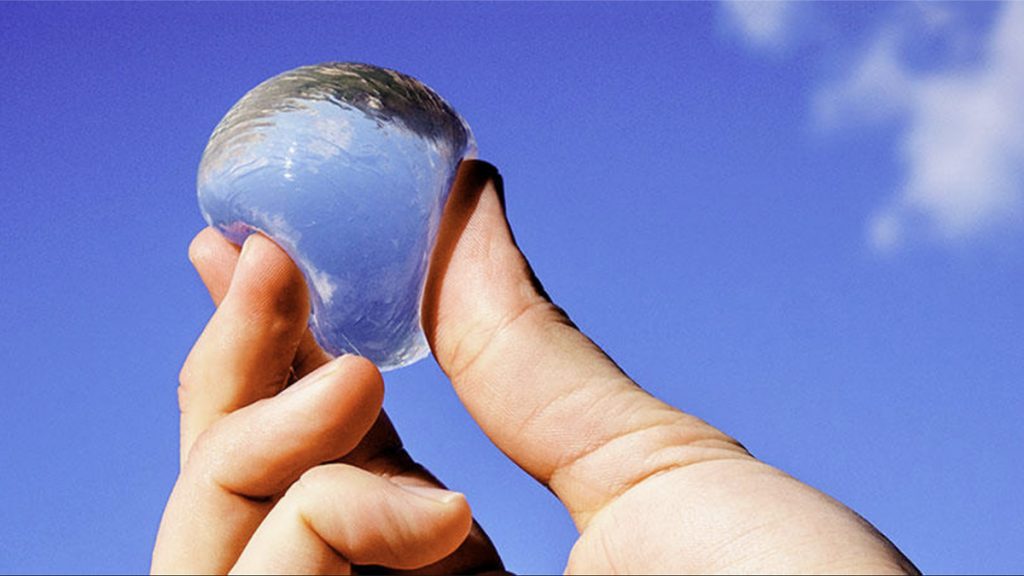
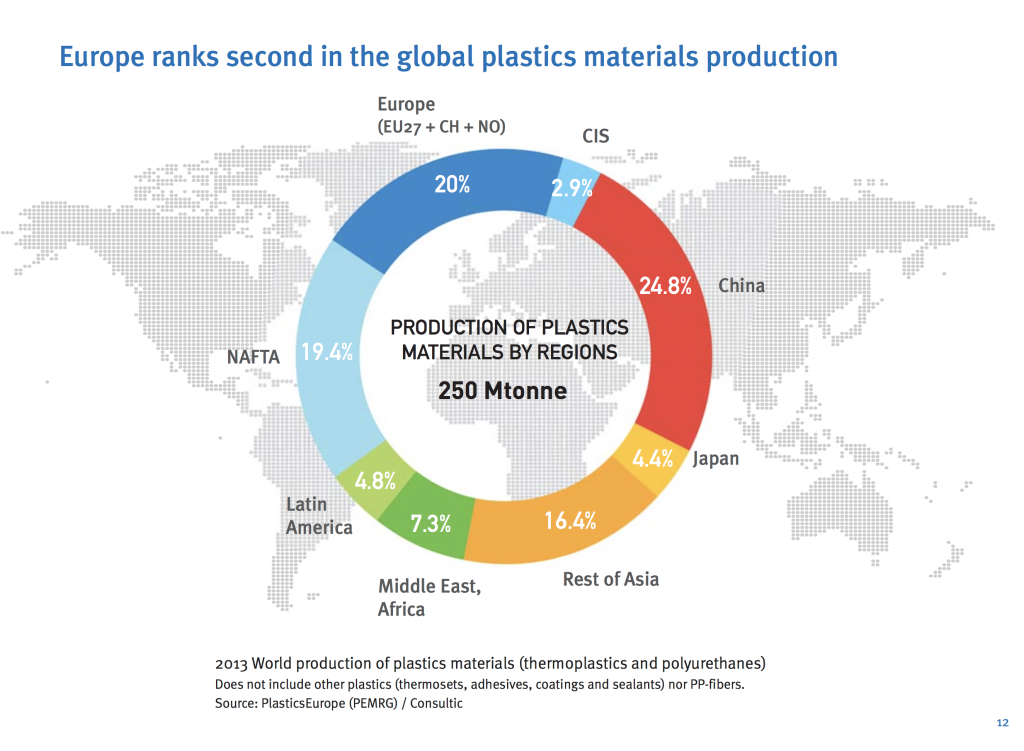
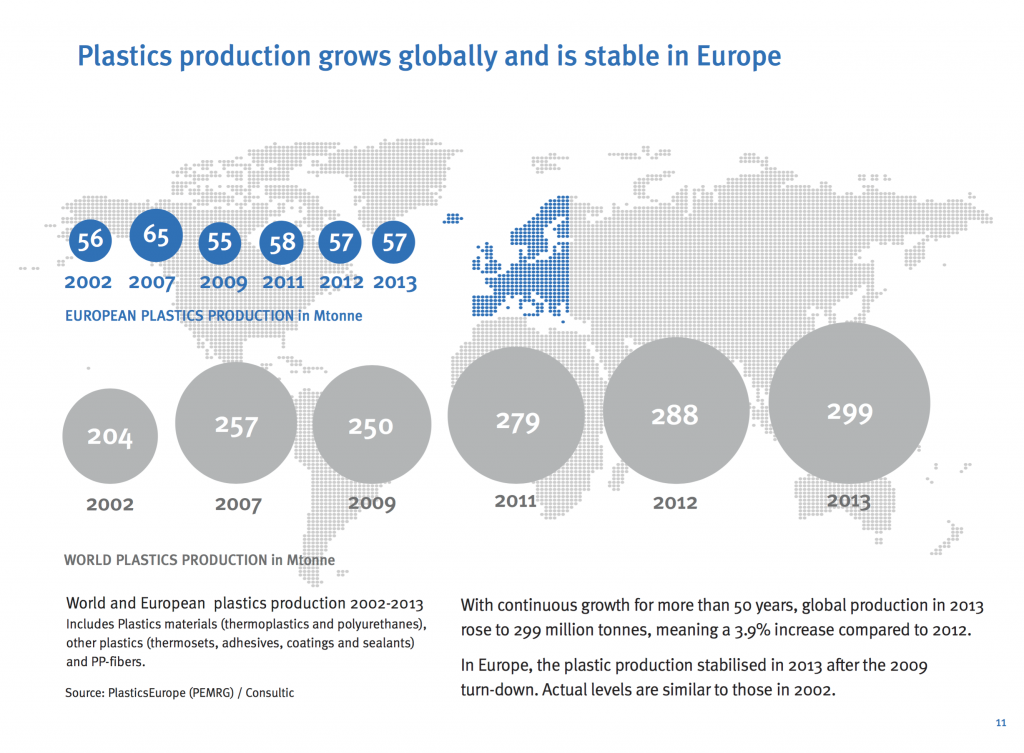
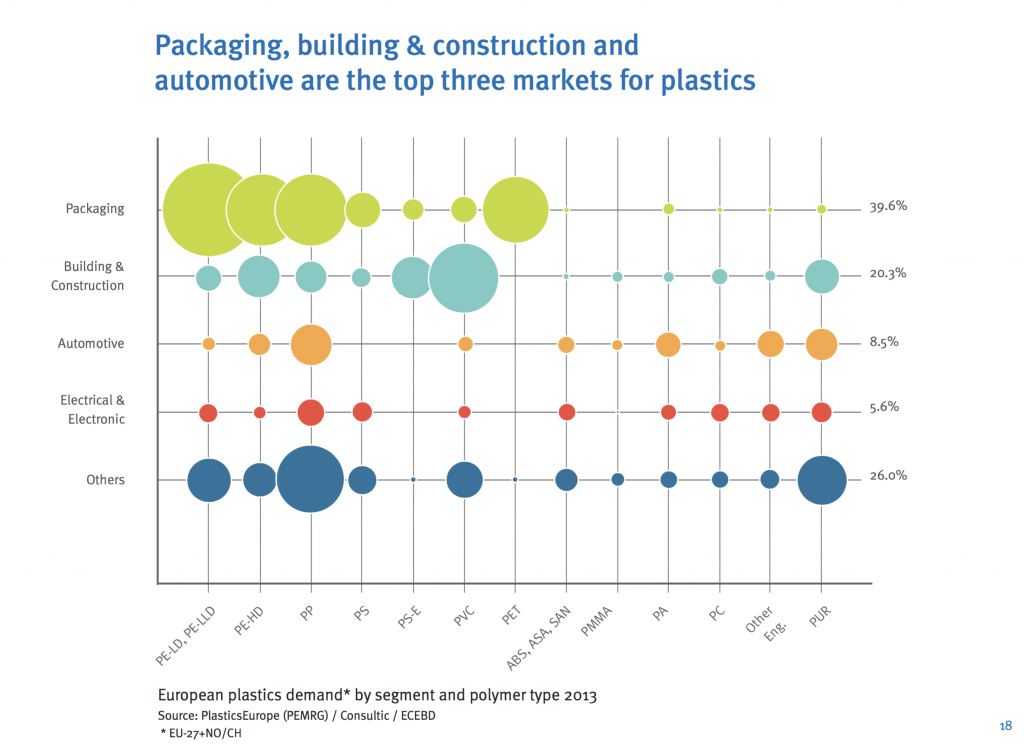
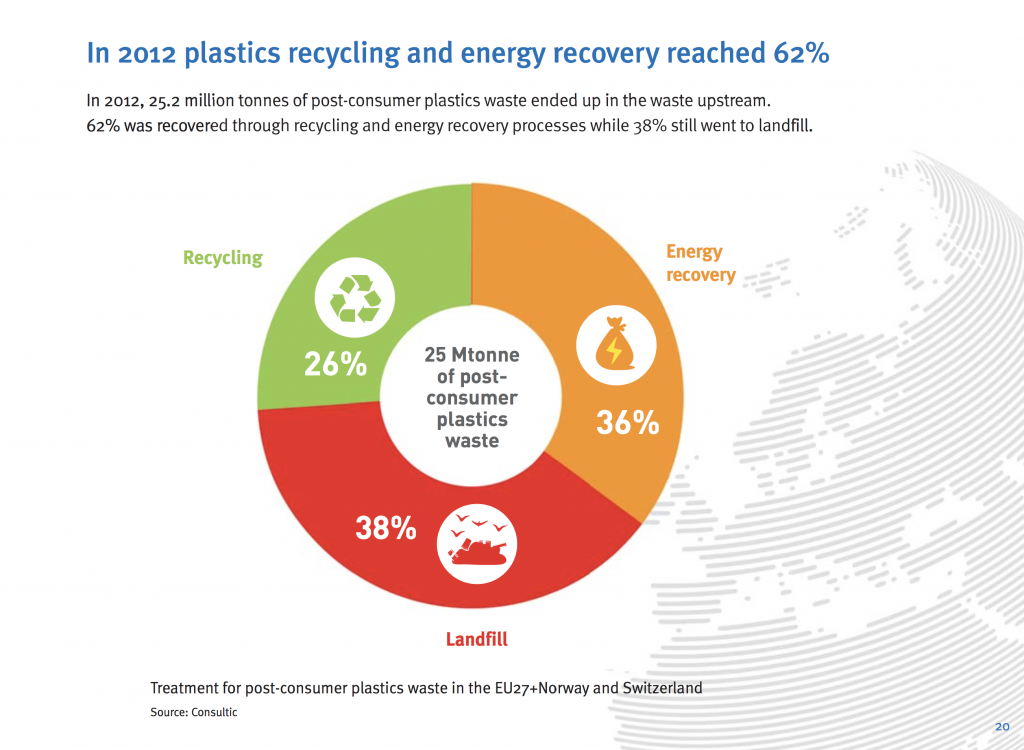


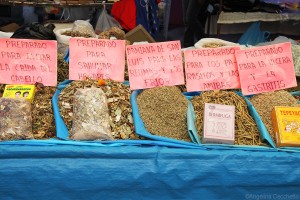
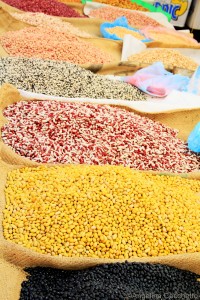 11. Choose to eat season fruits and vegetables! Do you really need to eat strawberries out of season? What most of us don’t think about is that buying fruits out of season means that these fruits (or veg) are transported by planes across continents and this creates an unnecessary trail of massive pollution via the megatons of fuel spent to transport these tons of (out of season) fruits and vegs.
11. Choose to eat season fruits and vegetables! Do you really need to eat strawberries out of season? What most of us don’t think about is that buying fruits out of season means that these fruits (or veg) are transported by planes across continents and this creates an unnecessary trail of massive pollution via the megatons of fuel spent to transport these tons of (out of season) fruits and vegs.

